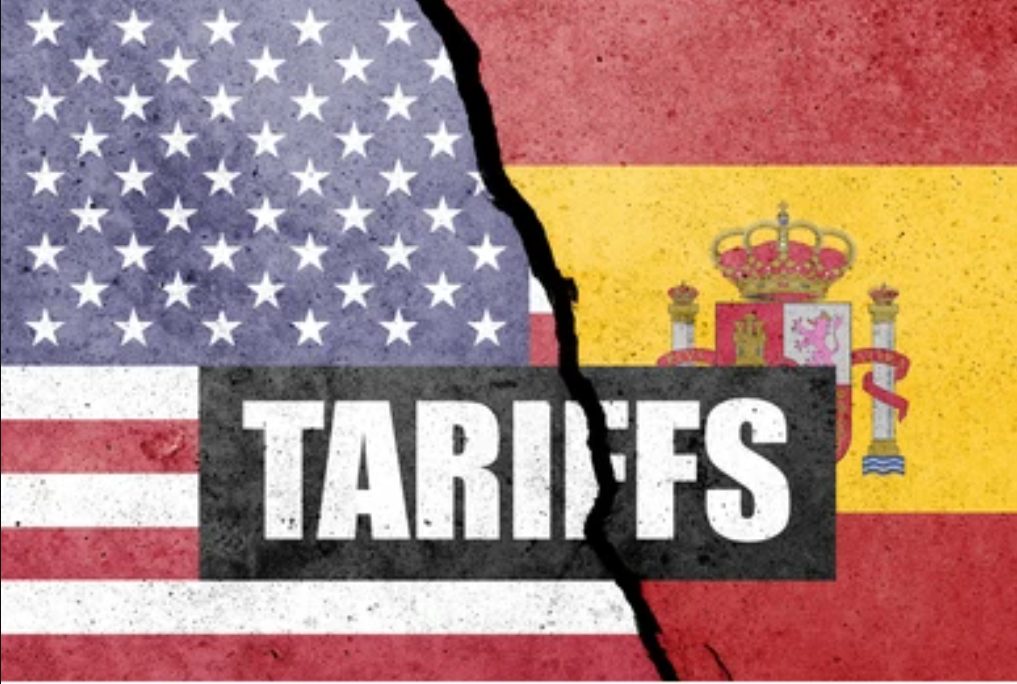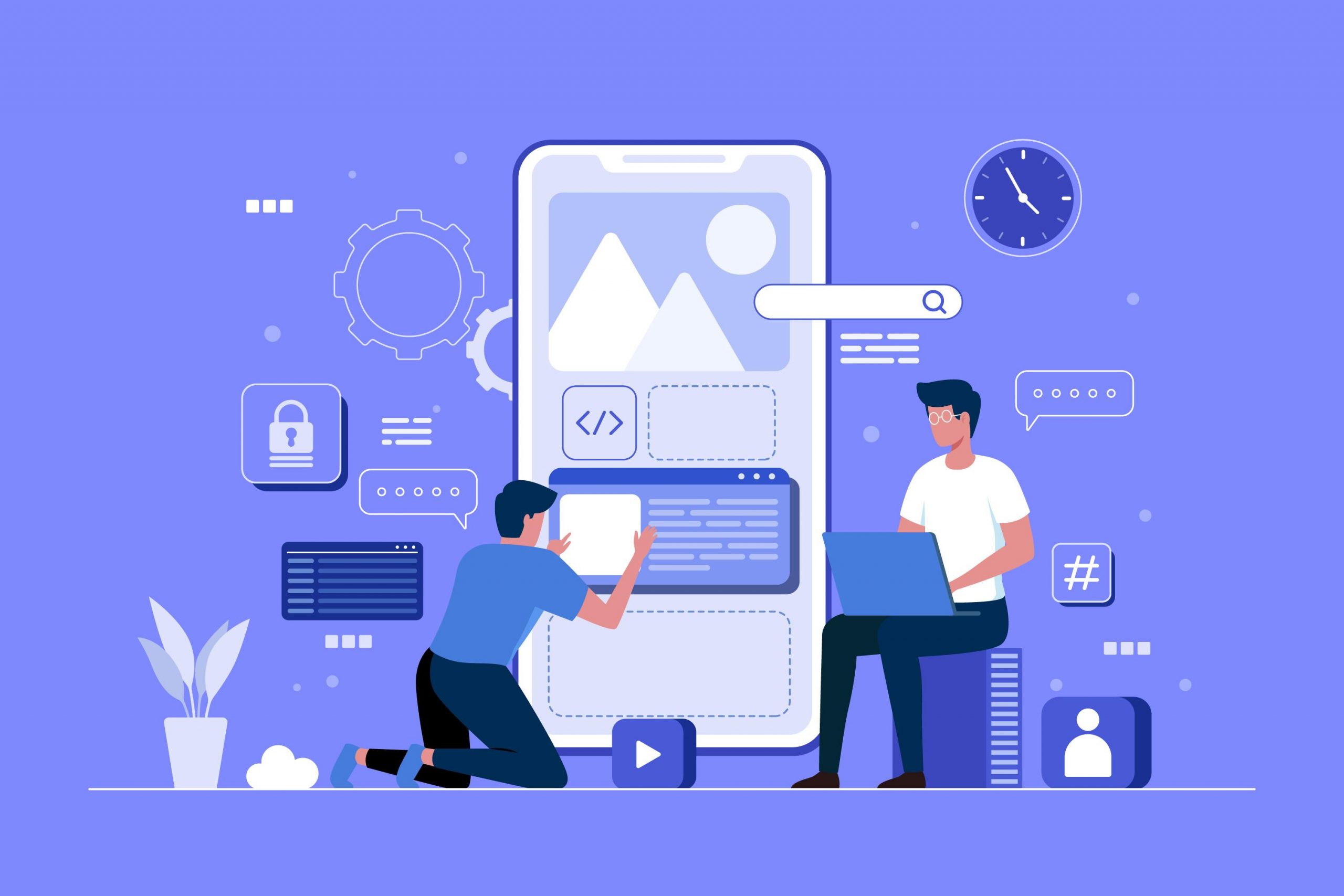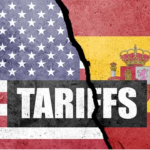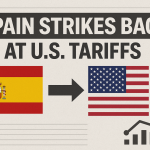Now Reading: Why Minimalism in Digital Tools Boosts Productivity
-
01
Why Minimalism in Digital Tools Boosts Productivity
Why Minimalism in Digital Tools Boosts Productivity

In our increasingly digital world, the tools we use daily—from smartphones and apps to project management software—often come loaded with features, notifications, and clutter that can overwhelm us. While many applications strive to offer a comprehensive range of options, this abundance of features can paradoxically hinder our productivity rather than improve it. That’s where minimalism in digital tools steps in as a game-changer.
Minimalist digital tools are designed with simplicity at their core. They prioritize core functionalities, strip away unnecessary features, and present clear, intuitive interfaces. As a result, they help users focus on what truly matters—completing tasks efficiently with less mental distraction. This approach resonates with the broader philosophy that less is more, especially when it comes to digital environments cluttered with interruptions.
Reducing Cognitive Load: Less Clutter Means Less Mental Strain
One of the primary benefits of minimalist digital tools is the significant reduction in cognitive load. Cognitive load refers to the mental effort required to process information and complete tasks. When your digital environment is cluttered with numerous features, notifications, and visual noise, your brain has to exert extra effort to filter what’s relevant and ignore distractions. Over time, this can lead to mental fatigue, decreased focus, and ultimately, decreased productivity.
Minimalist tools combat this by focusing only on essential functions and minimizing visual distractions. For example, a minimalist note-taking app may only feature simple editing, organization tools, and search functions, without flashy animations or extraneous options. This simplifies decision-making and reduces the mental effort needed to operate the tool, freeing up cognitive resources for more critical thinking and creativity.
Improving Focus: Creating a Digital Environment Conducive to Deep Work
Minimalist tools foster an environment where concentration can thrive. In contrast to feature-rich platforms that can lead to multitasking and constant switching—both killers of productivity—simple tools support immersive work. For instance, a straightforward task management app that shows only your current priorities helps you maintain focus on finishing those specific tasks, rather than being distracted by a deluge of options or notifications.
Moreover, minimalist designs often incorporate calming aesthetics—neutral colors, clean layouts, and limited visual noise—that help reduce anxiety and mental clutter. When your digital workspace is visually simple and organized, it’s easier to enter a state of deep work, where sustained focus leads to higher quality output in less time.
Streamlining Your Digital Environment: The Impact of Minimalist Design on Task Management and Time Optimization
Beyond reducing mental strain and enhancing focus, minimalism in digital tools significantly impacts how we manage tasks and optimize our time. When digital platforms are cluttered with unnecessary features, they often become a source of procrastination and confusion. Conversely, minimalist tools provide clarity and streamline workflows.
Clear Prioritization and Reduced Decision Fatigue
A minimalist task manager, for example, encourages you to focus on your most important tasks without the temptation of endless customization options or extraneous features. This clarity helps prevent decision fatigue—the drain on mental resources that occurs when making too many choices—which can slow us down and lead to burnout.
Easier Navigation and Quicker Task Completion
Simplicity in design means faster navigation, fewer clicks, and less time spent figuring out how to use complex features. This efficiency gains are especially valuable in high-pressure situations or when handling multiple ongoing projects, as it allows individuals and teams to keep moving forward without unnecessary delays.
Promoting Consistent Habits and Routine
Minimalistic tools often promote better habits by encouraging disciplined use. For instance, a straightforward calendar app with limited options makes it easier to consistently review schedules and plan ahead. When digital tools don’t overwhelm you, it’s easier to develop routines that sustain long-term productivity.
Reducing Digital Overload and Burnout
Finally, by limiting exposure to constant notifications, news feeds, and social media distractions, minimalist digital tools help prevent burnout. They enable users to set boundaries—such as turning off non-essential alerts—and create intentional digital environments that promote well-being and sustained productivity.
Conclusion
In an era where digital overload is the norm, adopting minimalist digital tools offers a compelling solution to boost productivity. By reducing cognitive load, sharpening focus, and streamlining task management, these tools help individuals and teams work smarter, not harder. Embracing simplicity doesn’t mean sacrificing functionality; rather, it’s about choosing the right tools that support your goals without unnecessary clutter. As we continue to navigate a complex digital landscape, minimalist design principles can serve as a beacon, guiding us toward more efficient, focused, and healthier workflows.











